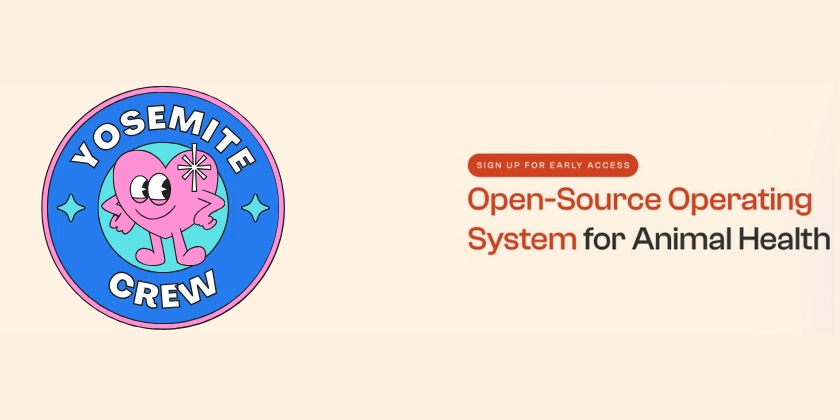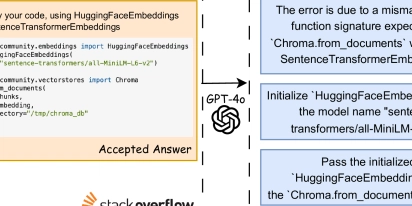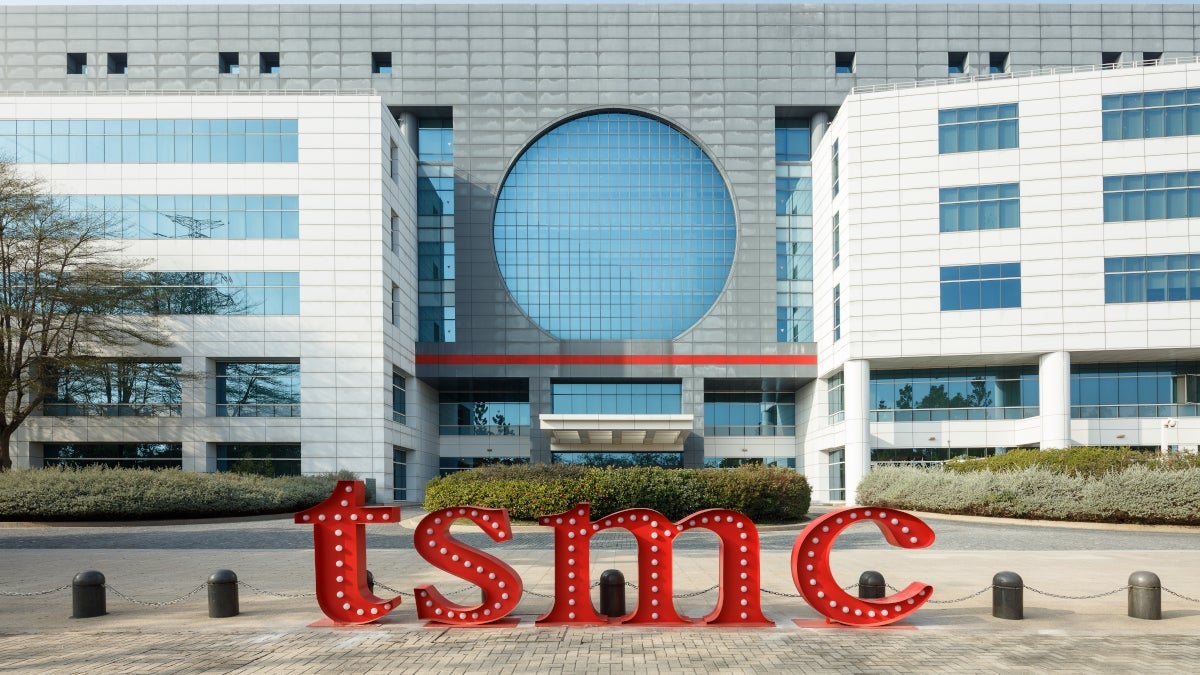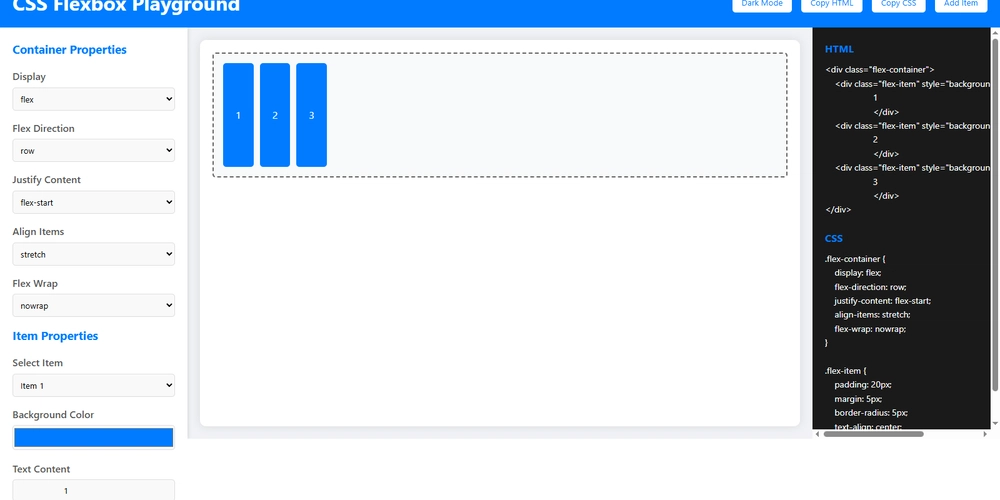Optimizing Dev Collaboration: Monorepo or Multi-Repo?
Architectural decisions shape how teams scale. And one of the earliest and most debated is choosing between a monolith, monorepo, or multi-repo. I had to make the same decision as a Founding Engineer at Yosemite Crew. We are trying to build an Open Source Operating System for Animal Health where we are developing a PMS for vets and providing developers a plugin like feature to develop on top of our PMS. In this article, we’ll delve into the advantages and disadvantages of all the approaches, helping you make an informed decision to enhance collaboration within your dev teams. What is a monorepo? A monorepo consolidates multiple projects or components into a single repository, promoting code reuse and simplifying dependency management while maintaining consistency across teams and services. A related concept is the monolithic application. While a monolith bundles all functionality into a single, tightly integrated codebase, a monorepo can house multiple independent projects within the same repository. Major tech companies like Google, Meta, Microsoft, Uber, Airbnb, and Twitter all use large-scale monorepos, each with its own strategies to handle massive codebases, high-frequency changes, and complex build and version control systems. Advantages A monorepo fosters collaboration by centralizing codebases, making it easier for developers to access, review, and contribute to various components without the need to switch between multiple repositories. This creates a more unified and efficient team environment. In a monorepo, managing project dependencies is typically more straightforward. Shared dependencies are centralized, reducing the likelihood of version conflicts and simplifying the process of updating libraries across the entire codebase. Monorepos promote consistent coding practices and encourage code reuse. When similar functionality is needed across multiple projects, developers can implement it in a single location, reducing redundancy and ensuring consistency throughout the codebase. Refactoring code across multiple projects is simpler in a monorepo. Developers can make changes and immediately test their effects on different components, ensuring a smoother and more cohesive transition. With all related projects housed in one place, navigating a monorepo is more intuitive. This improves code discoverability, allowing developers to easily learn from each other’s work and fostering a culture of knowledge sharing. Disadvantages One of the key drawbacks of monorepos is performance. Storing code from different functions and contexts in a single repository can slow down operations like code pulls. When a repository contains multiple sub-projects, managing continuous integration (CI) and continuous delivery (CD) processes can become challenging. It's also crucial to determine whether there are dedicated DevOps teams or individuals available to support this type of code management. Monorepos can also complicate security, as they grant developers who may only be working on a specific portion of the project full access to the entire codebase. Ideally, there should be clear separation between the different projects within a monorepo, and each project should have its own versioning strategy in place from the start to streamline integration, team coordination, and maintenance. What is a multi-repo? A multi-repo is a software development strategy where different projects or components of a larger application are stored and managed in separate repositories. Each project or component has its own version control system, allowing teams to work independently on different parts of the system. This contrasts with a monorepo, where all the code resides in a single repository. Multi-repo setups are often preferred to establish clear boundaries between projects, enabling teams to work autonomously while minimizing the potential for conflicts when making changes. Advantages Multi-repositories give teams full control over their own projects. Each team can define its own workflow, tooling, and release schedule, promoting a strong sense of ownership and accountability. This isolation helps maintain the stability and reliability of critical applications. In a multi-repo setup, issues within one project are less likely to impact others, minimizing the risk of widespread outages across the system. As projects expand, multi-repos provide greater scalability. Teams can manage their own repositories independently, reducing the likelihood that a single monolithic repository will become cumbersome and slow down development. With multiple repositories, teams can optimize their continuous integration and continuous delivery (CI/CD) pipelines. Changes to one project only trigger build and deployment processes for the relevant components, improving efficiency. Developers can concentrate on their specific project's codebase, reducing cognitive load and minimizing distract

Architectural decisions shape how teams scale. And one of the earliest and most debated is choosing between a monolith, monorepo, or multi-repo. I had to make the same decision as a Founding Engineer at Yosemite Crew. We are trying to build an Open Source Operating System for Animal Health where we are developing a PMS for vets and providing developers a plugin like feature to develop on top of our PMS.
In this article, we’ll delve into the advantages and disadvantages of all the approaches, helping you make an informed decision to enhance collaboration within your dev teams.
What is a monorepo?
A monorepo consolidates multiple projects or components into a single repository, promoting code reuse and simplifying dependency management while maintaining consistency across teams and services.
A related concept is the monolithic application. While a monolith bundles all functionality into a single, tightly integrated codebase, a monorepo can house multiple independent projects within the same repository. Major tech companies like Google, Meta, Microsoft, Uber, Airbnb, and Twitter all use large-scale monorepos, each with its own strategies to handle massive codebases, high-frequency changes, and complex build and version control systems.
Advantages
- A monorepo fosters collaboration by centralizing codebases, making it easier for developers to access, review, and contribute to various components without the need to switch between multiple repositories. This creates a more unified and efficient team environment.
- In a monorepo, managing project dependencies is typically more straightforward. Shared dependencies are centralized, reducing the likelihood of version conflicts and simplifying the process of updating libraries across the entire codebase.
- Monorepos promote consistent coding practices and encourage code reuse. When similar functionality is needed across multiple projects, developers can implement it in a single location, reducing redundancy and ensuring consistency throughout the codebase.
- Refactoring code across multiple projects is simpler in a monorepo. Developers can make changes and immediately test their effects on different components, ensuring a smoother and more cohesive transition.
- With all related projects housed in one place, navigating a monorepo is more intuitive. This improves code discoverability, allowing developers to easily learn from each other’s work and fostering a culture of knowledge sharing.
Disadvantages
- One of the key drawbacks of monorepos is performance. Storing code from different functions and contexts in a single repository can slow down operations like code pulls.
- When a repository contains multiple sub-projects, managing continuous integration (CI) and continuous delivery (CD) processes can become challenging. It's also crucial to determine whether there are dedicated DevOps teams or individuals available to support this type of code management.
- Monorepos can also complicate security, as they grant developers who may only be working on a specific portion of the project full access to the entire codebase. Ideally, there should be clear separation between the different projects within a monorepo, and each project should have its own versioning strategy in place from the start to streamline integration, team coordination, and maintenance.
What is a multi-repo?
A multi-repo is a software development strategy where different projects or components of a larger application are stored and managed in separate repositories. Each project or component has its own version control system, allowing teams to work independently on different parts of the system. This contrasts with a monorepo, where all the code resides in a single repository.
Multi-repo setups are often preferred to establish clear boundaries between projects, enabling teams to work autonomously while minimizing the potential for conflicts when making changes.
Advantages
- Multi-repositories give teams full control over their own projects. Each team can define its own workflow, tooling, and release schedule, promoting a strong sense of ownership and accountability. This isolation helps maintain the stability and reliability of critical applications.
- In a multi-repo setup, issues within one project are less likely to impact others, minimizing the risk of widespread outages across the system.
- As projects expand, multi-repos provide greater scalability. Teams can manage their own repositories independently, reducing the likelihood that a single monolithic repository will become cumbersome and slow down development.
- With multiple repositories, teams can optimize their continuous integration and continuous delivery (CI/CD) pipelines. Changes to one project only trigger build and deployment processes for the relevant components, improving efficiency.
- Developers can concentrate on their specific project's codebase, reducing cognitive load and minimizing distractions from unrelated changes. This focused approach can enhance code quality and accelerate development cycles.
Disadvantages
- Applying clean code practices and refactoring can be challenging in a multi-repo setup. While there are initial workarounds to help standardize processes across teams, code duplication becomes a significant risk.
- Unit and integration tests are generally easy to manage in a multi-repo environment, but running end-to-end tests can be more complicated. Since the codebase is split across multiple repositories, pulling in dependencies from different sources becomes necessary. Fortunately, this can be addressed by having dedicated Quality Assurance (QA) team members who focus on testing the complete application flow.
- Managing dependencies can lead to friction between teams if there isn't a clear strategy for periodically updating and implementing the latest versions. 4.Isolation between teams can hinder effective engineering practices and communication. Without a strong onboarding culture, integrating new team members successfully can be difficult and disruptive.
Conclusion
Ultimately, choosing between a monorepo and a multi-repo strategy comes down to finding the right balance between collaboration and autonomy. Each approach offers distinct benefits and trade-offs, so it's important to consider your team's structure, project complexity, and long-term objectives.
In my case we are building an open source project so it will be much easier for developers to contribute in a monorepo. Now the next question arises, what tool or build system should we use for a monorepo? NX, learn or turborepo. That's a discussion for another time.
Take a look and star ⭐ our monorepo and of course contributions are always welcome.











































































































































































![[The AI Show Episode 144]: ChatGPT’s New Memory, Shopify CEO’s Leaked “AI First” Memo, Google Cloud Next Releases, o3 and o4-mini Coming Soon & Llama 4’s Rocky Launch](https://www.marketingaiinstitute.com/hubfs/ep%20144%20cover.png)

































































































































![[DEALS] Sterling Stock Picker: Lifetime Subscription (85% off) & Other Deals Up To 98% Off – Offers End Soon!](https://www.javacodegeeks.com/wp-content/uploads/2012/12/jcg-logo.jpg)










































































































.jpg?#)






















































































































































![Apple to Shift Robotics Unit From AI Division to Hardware Engineering [Report]](https://www.iclarified.com/images/news/97128/97128/97128-640.jpg)

![Apple Shares New Ad for iPhone 16: 'Trust Issues' [Video]](https://www.iclarified.com/images/news/97125/97125/97125-640.jpg)



































































































































